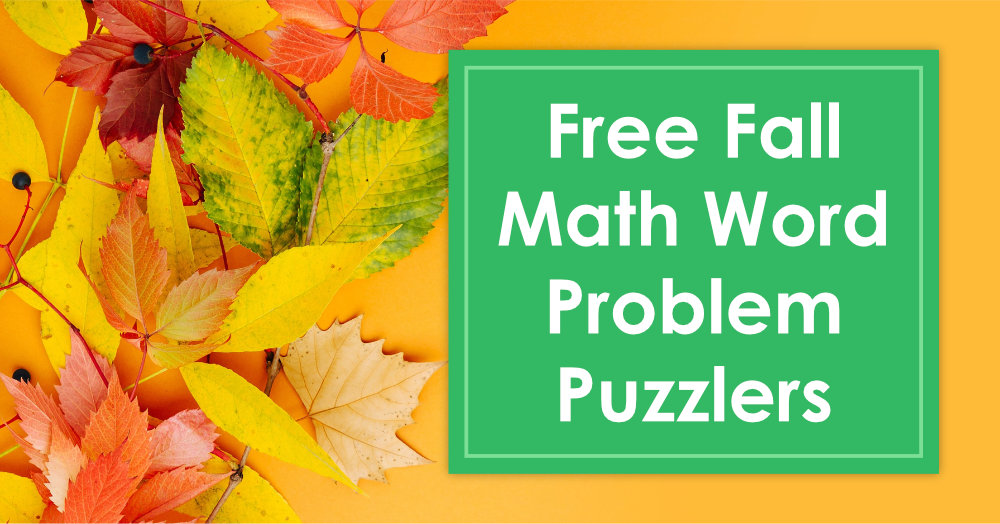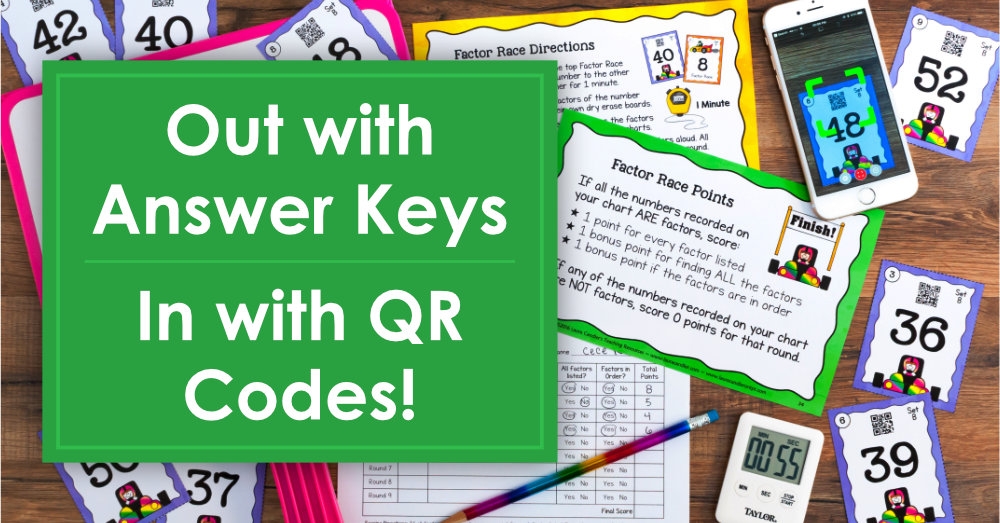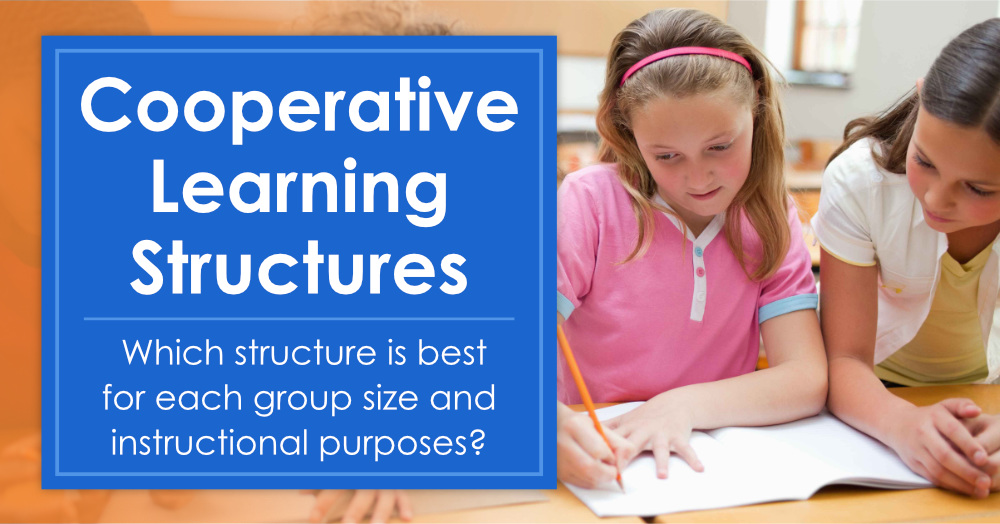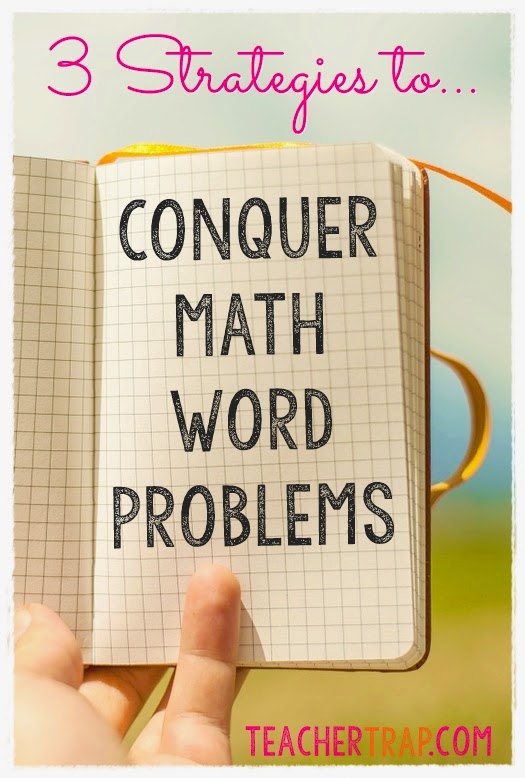 Guest post by Kady Dupre
Guest post by Kady Dupre
Here’s a word problem for you:
Miss Friday’s class does a daily word problem. Ten of her students are great at word problems involving addition, and only 7 seem to understand subtraction word problems. Five of her students are bored with the easy problems. Thirteen students are still struggling with basic math facts and 3 have trouble reading the word problems at all. How many of her students are engaged and learning?
Here’s a better question: “How do you grow confident and effective problem solvers?”
Why Students Struggle with Math Word Problems
Students struggle with math word problems for many reasons, but three of the biggest I’ve encountered include:
Issue #1: Student Confidence
For many students, just looking at a word problem leads to anxiety. No one can think clearly with a sense of dread or fear of failure looming!
Issue #2: Flexible Thinking
Many kids are taught to solve word problems methodically, with a prescriptive step-by-step plan using key words that don’t always work. Plans are great, but not when students use them as a crutch rather than a tool. Today’s standardized tests and real-world applications require creative thinking and flexibility with strategies.
Issue #3: Differentiation
Teachers want students to excel quickly and often push too fast, too soon. In the case of word problems, you have to go slow to go fast. Just like in Guided Reading, you’ll want to give lots of practice with “just-right” problems and provide guided practice with problems just-above the students’ level.
3 Problem Solving Strategies
The solution is to conquer math word problems with engaging classroom strategies that counteract the above issues!
1. Teach a Problem-Solving Routine
Kids (and adults) are notoriously impulsive problem solvers. Many students see a word problem and want to immediately snatch out those numbers and “do something” with them. When I was in elementary school, this was actually a pretty reliable strategy! But today, kids are asked to solve much more complex problems, often with tricky wording or intentional distractors.
Grow flexible thinkers and build confidence by teaching a routine. A problem solving routine simply encourages students to slow down and think before and after solving. I’ve seen lots of effective routines but my favorites always include a “before, during, and after” mindset.
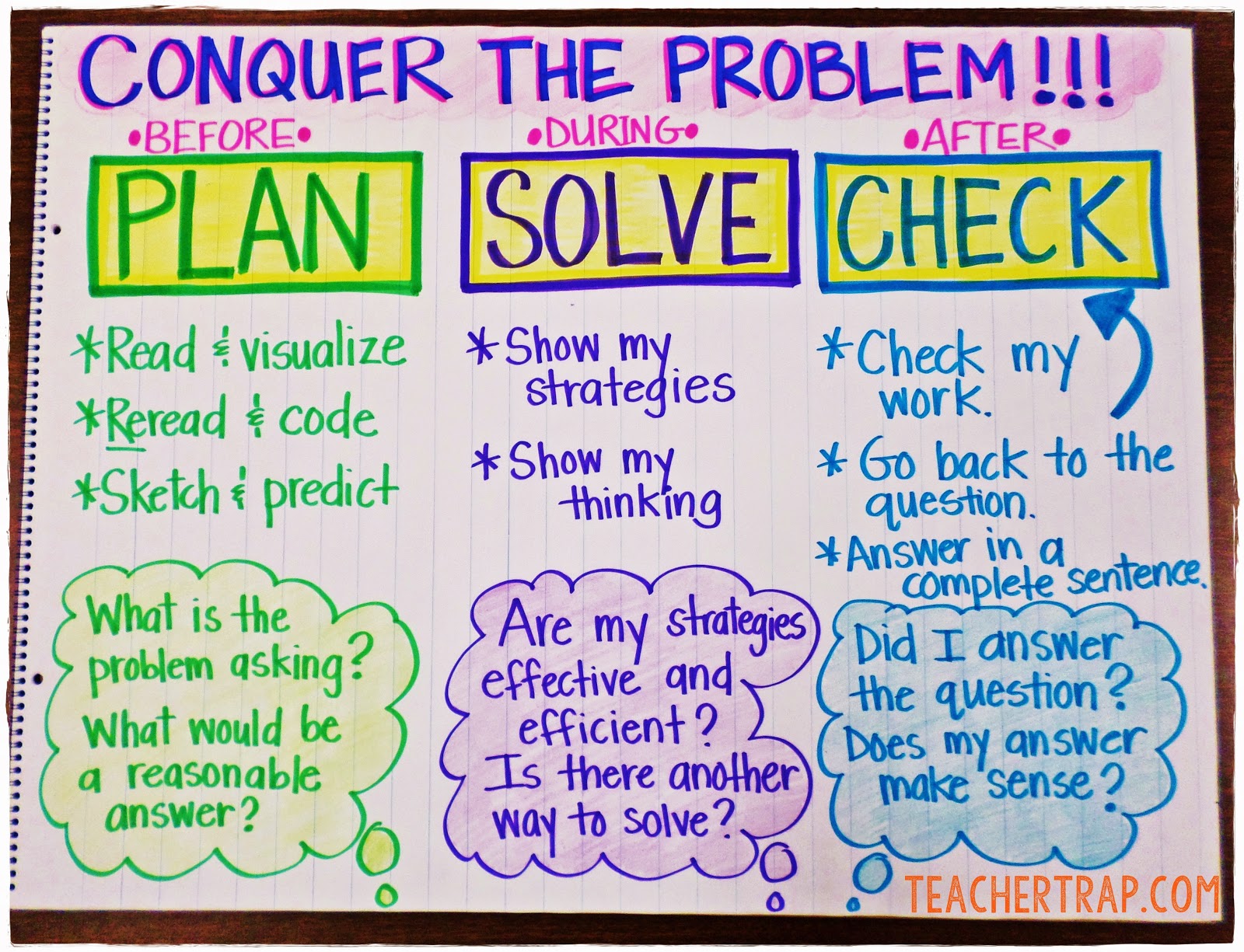
To make the problem solving routine meaningful and effective:
- Use it often (daily if possible)
- Incorporate “Turn & Teach” (Students orally explain their thinking and process to a partner.)
- Allow for “Strategy Share” after solving (Selected students explain their method and thinking.)
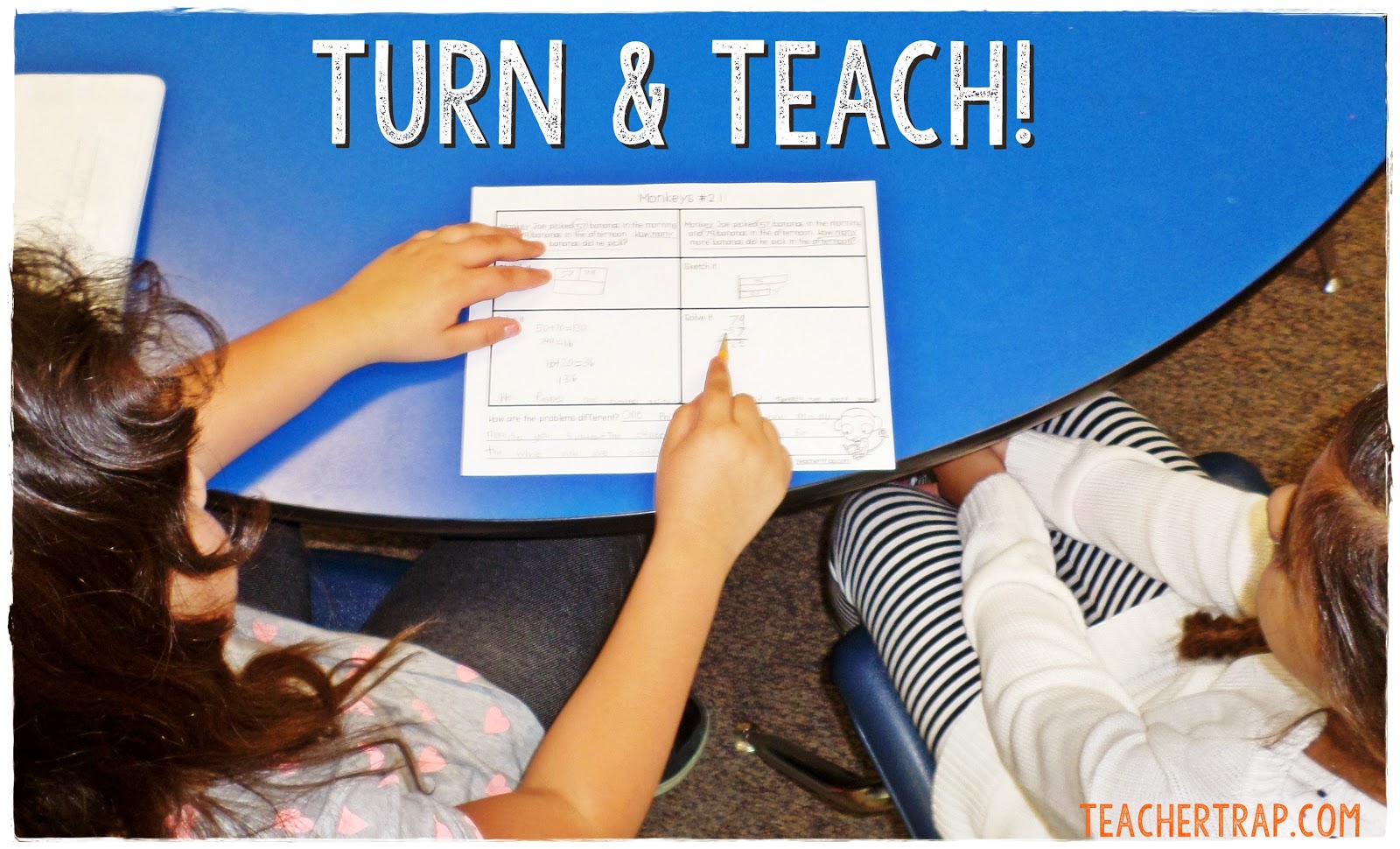
2. Differentiate Word Problems
No, this doesn’t mean to write a different word problem for every student! This can be as simple as adjusting the numbers in a problem or removing distractors for struggling students. Scaffolding word problems will grow confidence and improve problem solving skills by gradually increasing the level difficulty as the child is ready. This is especially effective when you are trying to teach students different structures of word problems to go with a certain operation.
For example, comparison subtraction problems are very challenging for some students. By starting with a simple version, you allow students to focus on the problem itself, rather than becoming intimidated or frustrated.
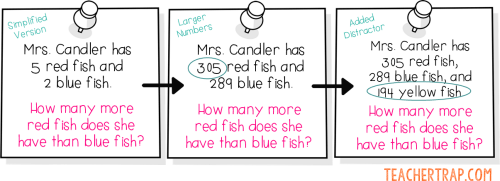
I’ve had great success in using scaffolded problems with my guided math groups. After solving the easier problem, students realize that it’s not that tricky and are ready to take on the tougher ones!
3. Compare Problems Side-by-Side
To develop flexible thinking, nothing is more powerful than analyzing and comparing word problems. Start by using problems that have similar stories and numbers, but different problem structures. Encourage conversation, use visual representations, and have students explain the difference in structure and operation. Here’s an example showing student work on two similar problems about monkeys. Click here to download a blank copy of these problems. My freebie includes several variations to help you differentiate.
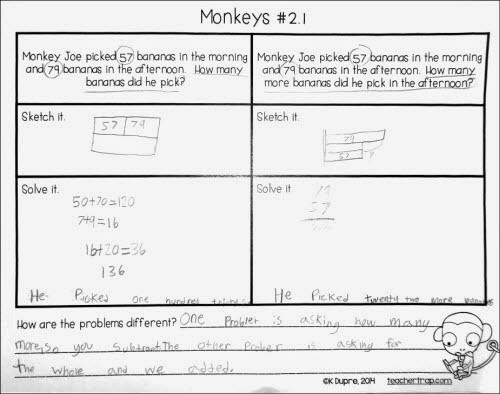
Use these three strategies to get kids thinking and talking about their problem solving strategies while building that “oh-so-important” confidence, and you CAN conquer math word problems!
Kady Dupre has worked as a classroom teacher, instructional coach, and intervention teacher in elementary grades. She loves creating learning resources for students and teachers. She authors Teacher Trap, a blog aimed at sharing her challenges, successes, and insights as a teacher.


